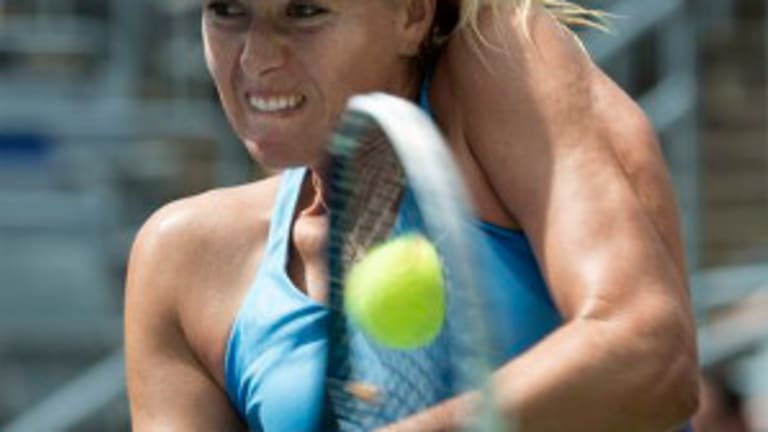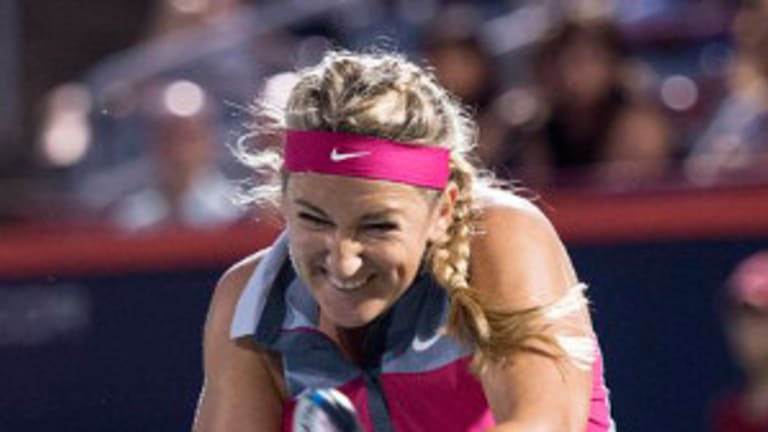It figures that in this, the summer of Serena Williams’ discontent, she would find the most recent effort to get her fearsome game back on track blocked by an unexpected obstacle—her own sister, Venus. Just when Serena needed inspiration to bust out of her slump, she got another dreaded match-up with her big sister. Ironically, Venus has been enjoying a resurgence that’s been the reverse-image of Serena’s own decline.
Decline? Did someone say decline?
Just the other day, Serena herself mulled over the prospect of winning a Grand Slam in her last chance this year, at the upcoming U.S. Open. She groused: “I'm not even thinking of it anymore. I haven't even been able to get to the quarterfinals of a Grand Slam this year. At this point, really I’m just looking forward to next year.”
Most of Williams’ fans might be alarmed by that pronouncement, but I say, watch out. A great champ will resort to almost any measure, no matter how desperate or unseemly, to get one more win, one more major. And he or she will do it instinctively, rather than rationally or out of calculation (which is but one reason she’s a champ and you and I are not). One of those low-down rotten tricks is the act of sandbagging.
But let’s not second-guess Serena here. Her sentiments are understandable; they are also face-saving and ominous. You know what they say in boxing: “If you want to beat the champ, you’d better be prepared to knock him out.” And Serena Williams is more like a great prizefighter than any other player in the game today.
But there’s a caveat to how Serena is handling her current struggle, which is that in just two months’ time she’ll be 33 years old. For all the success some older players have enjoyed, not all of them are built, mentally or physically, for the long haul.


